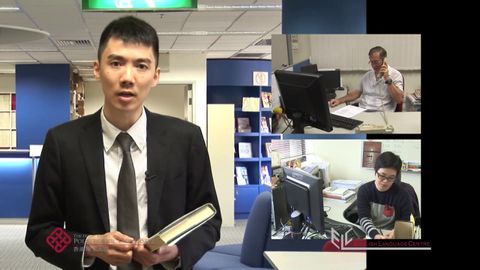
Subtitles & vocabulary
Video vocabulary
content
US /ˈkɑnˌtɛnt/
・
UK /'kɒntent/
- Adjective
- Being happy or satisfied
- In a state of peaceful happiness.
- Noun (Countable/Uncountable)
- Information in something, e.g. book or computer
- The subject matter of a book, speech, etc.
A2
More good
US /ɡʊd/
・
UK /ɡʊd/
- Adjective
- Proper, appropriate or right
- (Of an amount) enough; plenty
- Uncountable Noun
- Advantage or benefit
A1TOEIC
More address
US /əˈdrɛs/
・
UK /ə'dres/
- Noun (Countable/Uncountable)
- Exact street location of a place
- A formal speech to a group of people
- Transitive Verb
- To write the place someone lives on a letter
- To refer to someone or something formally
A1TOEIC
More Use Energy
Unlock All Vocabulary
Unlock pronunciation, explanations, and filters
